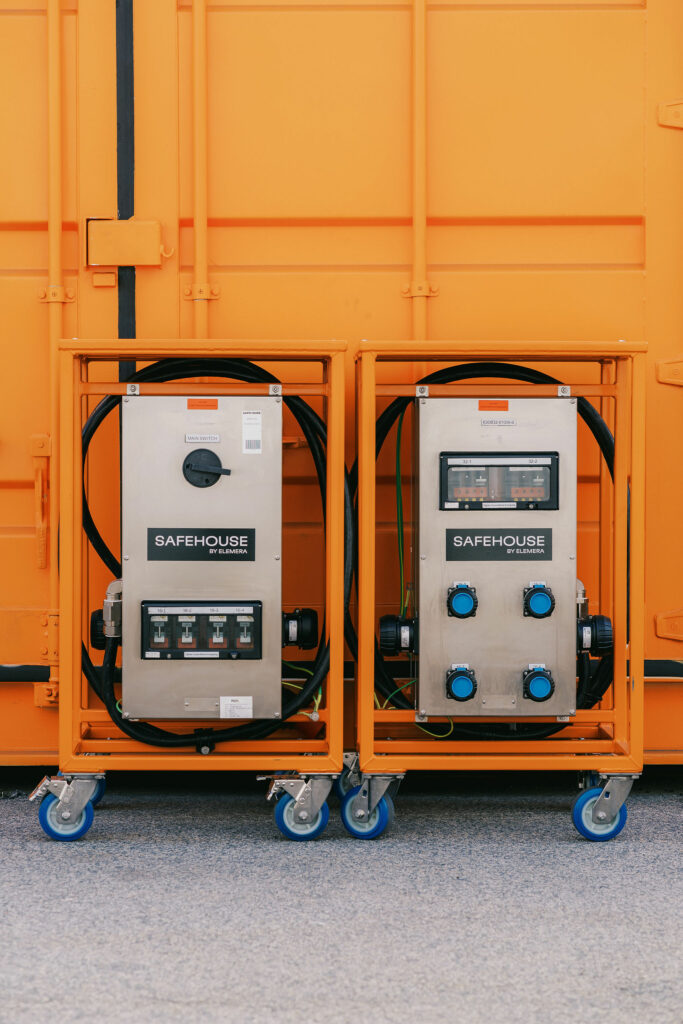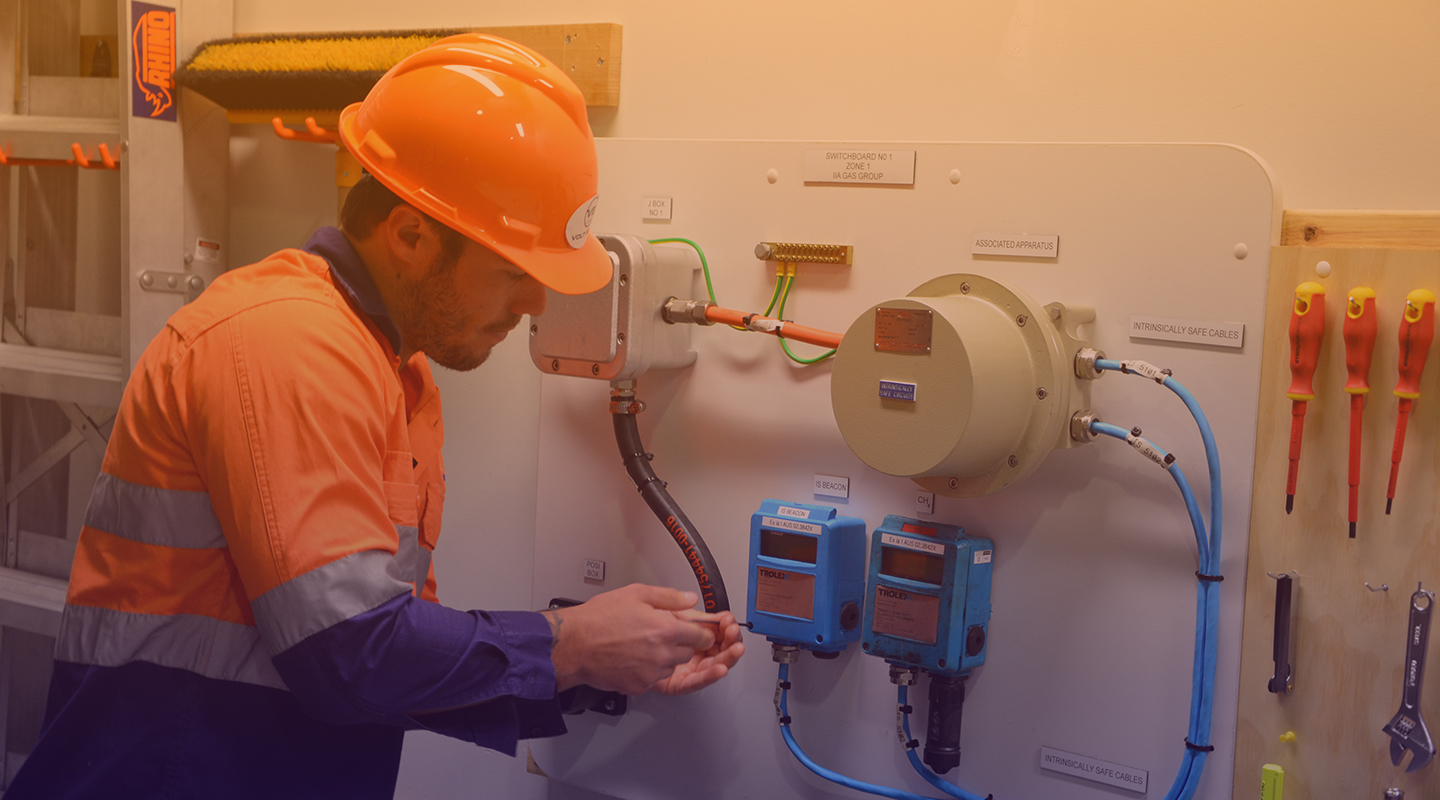About Roar Solutions
About Roar Solutions
Blog Article
Not known Facts About Roar Solutions
Table of ContentsExcitement About Roar SolutionsFascination About Roar SolutionsThe 3-Minute Rule for Roar Solutions
In order to safeguard installations from a potential explosion a method of evaluating and identifying a possibly hazardous area is needed. The function of this is to make sure the proper choice and installation of tools to inevitably prevent an explosion and to make certain security of life.
(https://www.mixcloud.com/roarsolutions/)
No tools must be mounted where the surface temperature of the devices is more than the ignition temperature of the given hazard. Below are some usual dust unsafe and their minimal ignition temperature. Coal Dust 380C 225C Polythene 420C (melts) Methyl Cellulose 420C 320C Starch 460C 435C Flour 490C 340C Sugar 490C 460C Grain Dust 510C 300C Phenolic Material 530C > 450C Aluminium 590C > 450C PVC 700C > 450C Residue 810C 570C The chance of the hazard existing in a concentration high enough to trigger an ignition will vary from location to location.
In order to classify this risk a setup is split into locations of threat depending upon the amount of time the unsafe exists. These locations are referred to as Areas. For gases and vapours and dusts and fibers there are three zones. Area 0 Zone 20 A dangerous atmosphere is extremely most likely to be present and may exist for long periods of time (> 1000 hours per year) and even continuously Zone 1 Area 21 A harmful atmosphere is feasible however not likely to be present for lengthy periods of time (> 10 450 C [842 F] A classification of T6 implies the minimal ignition temperature level is > 85 C [185 F] Dangerous area electrical equipment maybe developed for use in higher ambient temperatures. This would indicated on the rating plate e.g. EExe II C T3 Ta + 60C( This means at 60C ambient T3 will not be surpassed) T1 T1, T2, T3, T4, T5, T6 T2 T2, T3, T4, T5, T6 T3 T3, T4, T5, T6 T4 T4, T5, T6 T5 T5, T6 T6 T6 A T Course score of T1 indicates the maximum surface temperature produced by the instrument at 40 C is 450 C. Assuming the associated T Class and Temperature score for the tools are proper for the location, you can constantly utilize an instrument with a much more stringent Division score than needed for the location. There isn't a clear answer to this question. It really does depend upon the kind of equipment and what repairs need to be executed. Devices with certain examination procedures that can not be carried out in the area in order to achieve/maintain 3rd celebration ranking. Should come back to the factory if it is before the equipment's service. Area Fixing By Authorised Personnel: Challenging testing might not be required nonetheless specific treatments may require to be followed in order for the tools to keep its third celebration ranking. Authorized workers have to be used to carry out the job appropriately Repair need to be a like for like substitute. New part must be considered as a straight substitute calling for no special testing of the equipment after the repair is full. Each item of equipment with an unsafe rating need to be evaluated individually. These are outlined at a high level below, however, for more thorough information, please refer directly to the standards.
Fascination About Roar Solutions
The tools register is a detailed data source of equipment records that includes a minimum collection of areas to determine each thing's area, technical parameters, Ex classification, age, and ecological data. This information is crucial for monitoring and managing the equipment successfully within dangerous locations. In contrast, for periodic or RBI sampling assessments, the grade will certainly be a mix of Thorough and Close examinations. The proportion of In-depth to Shut inspections will be identified by the Tools Threat, which is evaluated based on ignition danger (the possibility of a source of ignition versus the possibility of a combustible atmosphere )and the hazardous location category
( Area 0, 1, or 2). This variant will also affect the resourcing demands for work preparation. When Lots are specified, you can create tasting plans based on the example size of each Great deal, which describes the number of random tools products to be evaluated. To identify the required sample dimension, 2 elements require to be reviewed: the dimension of the Lot and the group of assessment, which suggests the degree of effort that must be applied( lowered, regular, or raised )to the evaluation of the Whole lot. By combining the group of evaluation with the Whole lot dimension, you can after that develop the proper denial requirements for an example, implying the allowable number of damaged things discovered within that example. For even more details on this procedure, please refer to the Power Institute Guidelines. The IEC 60079 typical recommends that the maximum period in between inspections need to not exceed three years. EEHA assessments will additionally be conducted beyond RBI campaigns as part of set up upkeep and devices overhauls or repair work. These evaluations can be credited towards the RBI sample sizes within the influenced Lots. EEHA inspections are performed to determine mistakes in electrical tools. A heavy scoring system is necessary, as a solitary tool may have multiple faults, each with differing levels of ignition risk. If the mixed rating of both evaluations is much less than two times the fault score, the Great deal is regarded appropriate. If the Lot is still considered inappropriate, it must undertake a complete examination or validation, webpage which might trigger stricter examination protocols. Accepted Great deal: The reasons for any type of mistakes are recognized. If an usual failing mode is discovered, additional equipment may require examination and repair. Faults are categorized by seriousness( Safety, Integrity, Home cleaning ), ensuring that urgent concerns are evaluated and attended to quickly to alleviate any kind of impact on safety or operations. The EEHA data source must track and record the lifecycle of faults together with the corrective activities taken. Implementing a robust Risk-Based Assessment( RBI )strategy is crucial for making certain compliance and security in managing Electric Equipment in Hazardous Areas( EEHA) (hazardous area course). Automated Fault Rating and Lifecycle Management: Easily manage faults and track their lifecycle to enhance assessment accuracy. The introduction of this assistance for risk-based examination even more enhances Inspectivity's position as a best-in-class solution for regulatory compliance, along with for any kind of asset-centric assessment usage case. If you have an interest in finding out extra, we invite you to ask for a demo and find exactly how our remedy can change your EEHA monitoring processes.
An Unbiased View of Roar Solutions

In terms of eruptive threat, a harmful area is an atmosphere in which an explosive environment exists (or may be expected to be existing) in amounts that call for unique safety measures for the building, setup and use of equipment. hazardous area course. In this short article we discover the challenges encountered in the work environment, the danger control actions, and the called for expertises to function safely
It issues of modern-day life that we produce, keep or deal with a variety of gases or liquids that are considered combustible, and a variety of dusts that are considered flammable. These compounds can, in specific conditions, create eruptive atmospheres and these can have major and heartbreaking effects. Most of us recognize with the fire triangle remove any kind of one of the 3 components and the fire can not occur, however what does this mean in the context of harmful areas? When breaking this down into its simplest terms it is basically: a mix of a specific quantity of launch or leakage of a specific compound or product, blending with ambient oxygen, and the presence of a source of ignition.
In a lot of circumstances, we can do little about the levels of oxygen in the air, yet we can have substantial influence on sources of ignition, for example electrical tools. Unsafe locations are recorded on the dangerous location classification illustration and are determined on-site by the triangular "EX" indication. Below, among various other crucial info, areas are split into three types depending upon the risk, the possibility and duration that an eruptive ambience will certainly exist; Zone 0 or 20 is considered the most hazardous and Zone 2 or 22 is deemed the least.
Report this page